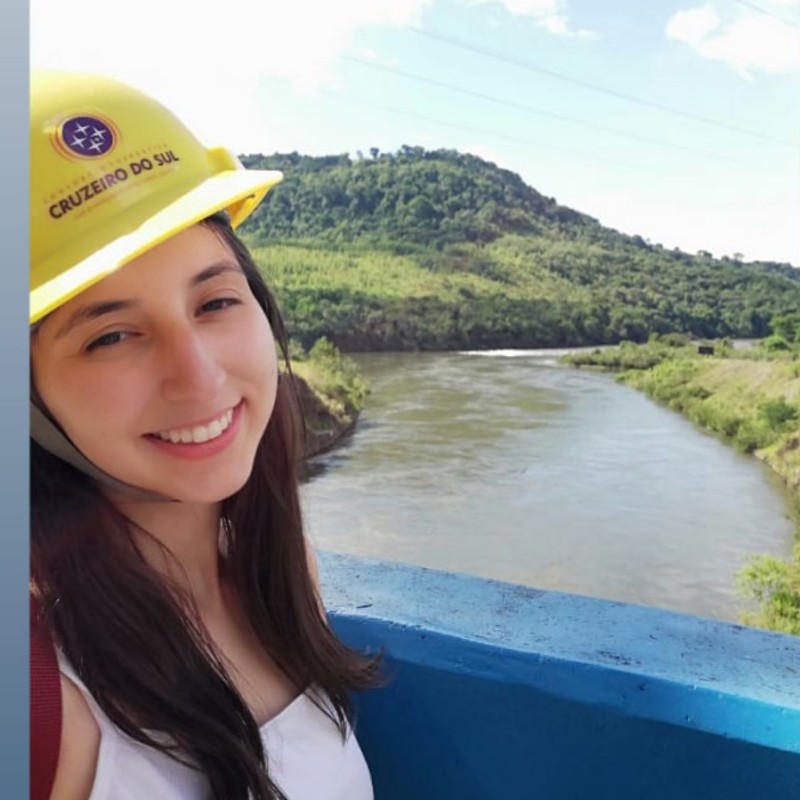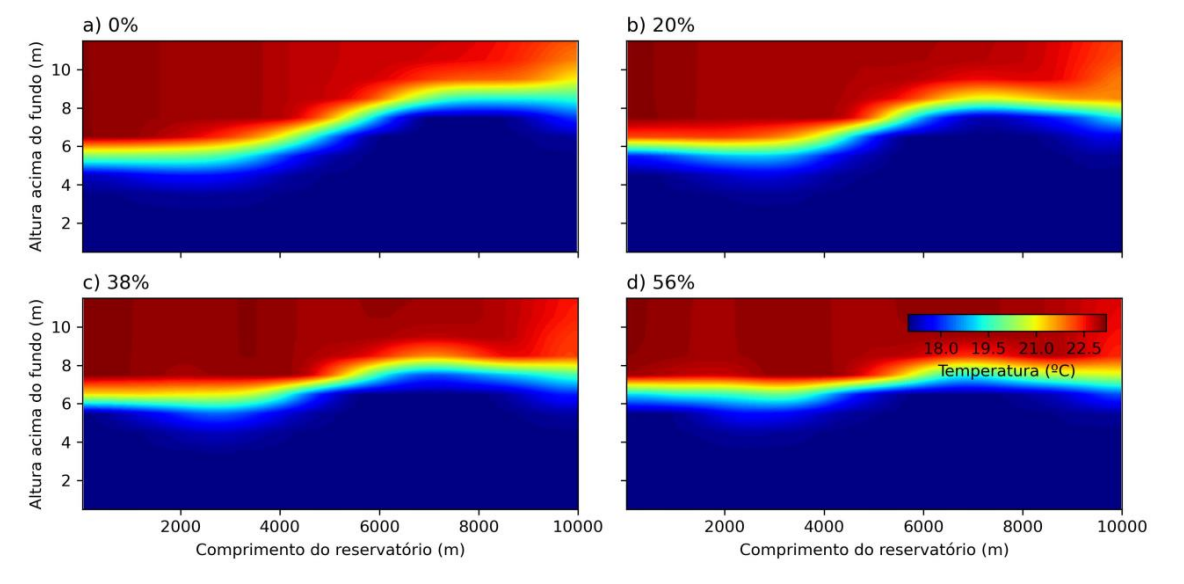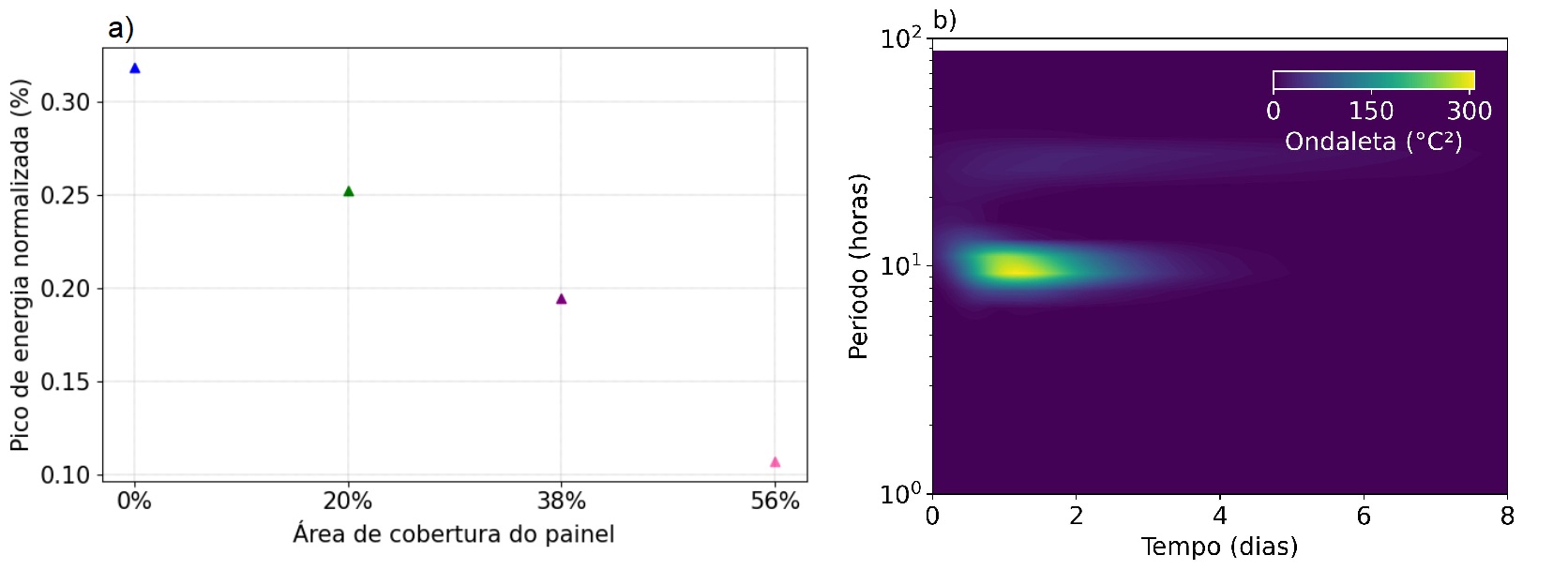Internal seiche and floating photovoltaic system

Lakes and reservoirs are essential for water supply, ecosystem balance, and various human activities. The quality of water in these environments is crucial for ensuring a reliable freshwater supply and preserving aquatic biodiversity. Floating photovoltaic (FPV) power plants have gained popularity in lakes and reservoirs due to their energy generation capabilities and potential benefits such as reducing algae growth and evaporation rates. To understand the impact of FPV panels on the hydrodynamics of reservoirs, a three-dimensional hydrodynamic model was employed in this study. This first study is only a attempt to oberve from numerical simulation how internal seiche field could be affected in a rectangular shaped-box tank.
The hydrodynamic of the rectangular shaped-box tank was evaluated through the Delft3D-FLOW model. The reservoir had dimensions of 1 km wide, 10 km long, and 12 m deep. Four scenarios were simulated, representing different sizes of FPV panels occupying 20%, 38%, and 56% of the total reservoir area.

The reservoir was stratified into two layers, with an epilimnion of 5 m thickness and a temperature of 23°C. The hypolimnion (lower layer) was defined with a thickness of 7 m and a constant temperature of 17°C. The simulations considered a constant wind speed of 6 m/s along the main axis for the initial 5 hours of simulation.

The results of the simulation showed that the presence of FPV panels affected the hydrodynamics of the reservoir by reduceding wind shear stress in surface boundary layer, thereby altering the energy input from wind and subsequently generating internal seiches with lower amplitudes. Although the presence of FPV panels affected the amount of energy trasnfered to internal seiceh field, the analysis of seiche periodicity revealed that FPV panels are not suceptible to modify the period of internal seiche.
From numerical simulations we observed that FPV panels act as obstacles to water flow, leading to the formation of propagating internal waves due to the discontinued wind conditions. During the period of discontinued wind, propagating internal waves form on opposite sides of the reservoir and propagate towards each other, resulting in increased wave dissipation. This phenomenon occurs even for small-amplitude internal seiches. These findings highlight the need to consider the hydrodynamic effects of PV panels when planning their installation in aquatic environments and emphasize the importance of studying their potential impacts on water quality, nutrient distribution, and ecosystem dynamics.